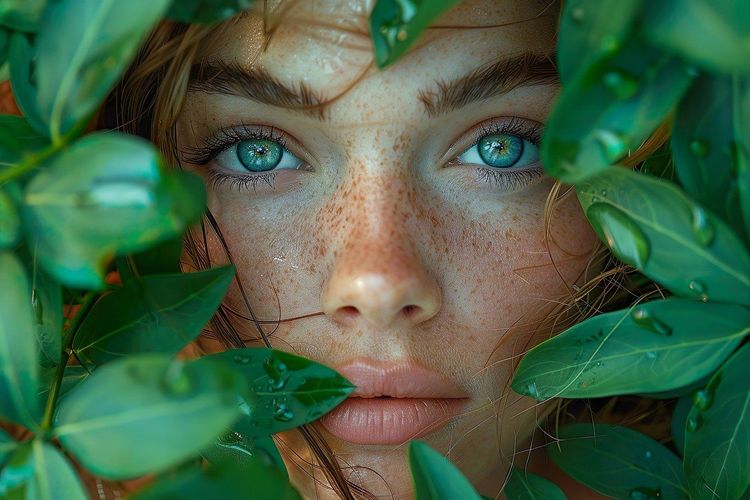With just an LED screen, a camera, and a cinematographer, it's possible to create scenes that rival those in Hollywood blockbusters. Surprisingly, these vivid backdrops aren't straight from the Amazon rainforest but instead originate from Amazon's virtual studio, Stage 15, located in Los Angeles. This studio boasts North America's largest virtual workspace, featuring massive LED walls made up of over 3,000 individual panels and 100 motion capture cameras. The images displayed are rendered using artificial intelligence (AI) and cloud technology, allowing for real-time realism or the creation of entirely virtual environments. The director's cue can seamlessly transition viewers from a lush jungle to a California beach or an urban corner, eliminating the need for large film crews and mitigating issues tied to weather and daylight.
According to Gretchen Libby, Director of Media Entertainment, Gaming, and Sports at Amazon Web Services, virtual production is revolutionizing filming. She has nearly three decades of experience in Hollywood, contributing to several iconic films like "Star Wars: Episode II - Attack of the Clones," "Iron Man," "Transformers," "Avatar," and "Jurassic World." In her recent interview, Libby highlighted how generative AI is drastically changing the media landscape: “It’s a powerful tool that allows production teams to expedite filmmaking processes that once took days or weeks into mere hours, significantly boosting efficiency. Moreover, by handling intricate tasks, AI frees creators to focus on innovation, sparking numerous opportunities within the industry.”
Hollywood, the heart of the U.S. and global film industry, is home to many established production companies such as Universal, Warner Bros., Paramount, Disney, and MGM, along with emerging streaming giants like Netflix. As generative AI technology takes hold worldwide, Hollywood finds itself at a pivotal moment. In early May last year, a series of strikes led by writers' and actors' unions halted production across the industry for five months, marking the worst disruption since the pandemic began in 2020. These actions caused significant economic repercussions, with the Milken Institute estimating losses exceeding $5 billion, affecting not just film production, but also ancillary services like dining and transportation. A primary concern among workers has been the fear of job loss due to the rise of AI.
For example, industry veteran Lu Chenya, who has worked in various roles such as writer, documentary cinematographer, and assistant director for over a decade, shared her experiences incorporating tools like ChatGPT into her writing process. “I can brainstorm ideas with AI, which helps analyze and refine my concepts, even suggesting effective enhancements. However, when it comes to executing the script in detail—translating ideas into specific scenes and dialogue—it still falls short,” she explained. While she believes AI still needs to evolve in scriptwriting, its capabilities in visual presentation are impressive. “AI can generate images directly, potentially reducing labor costs significantly, and could even replace cinematographers in the future. Additionally, it excels at enhancing visuals and correcting flaws in post-production.”
At the beginning of this year, OpenAI unveiled Sora, a video generation model that can create complex scenes lasting up to one minute, complete with multiple characters and dynamic action. This model can transform text into videos and animate content derived from static images. “Text-to-video technology enables rapid production of high-quality content, significantly increasing efficiency. Generative AI enhances user preference analysis and personalized recommendations, embodying technologies that could disrupt traditional video production and content distribution. Media companies must adapt to these changes to thrive.”







